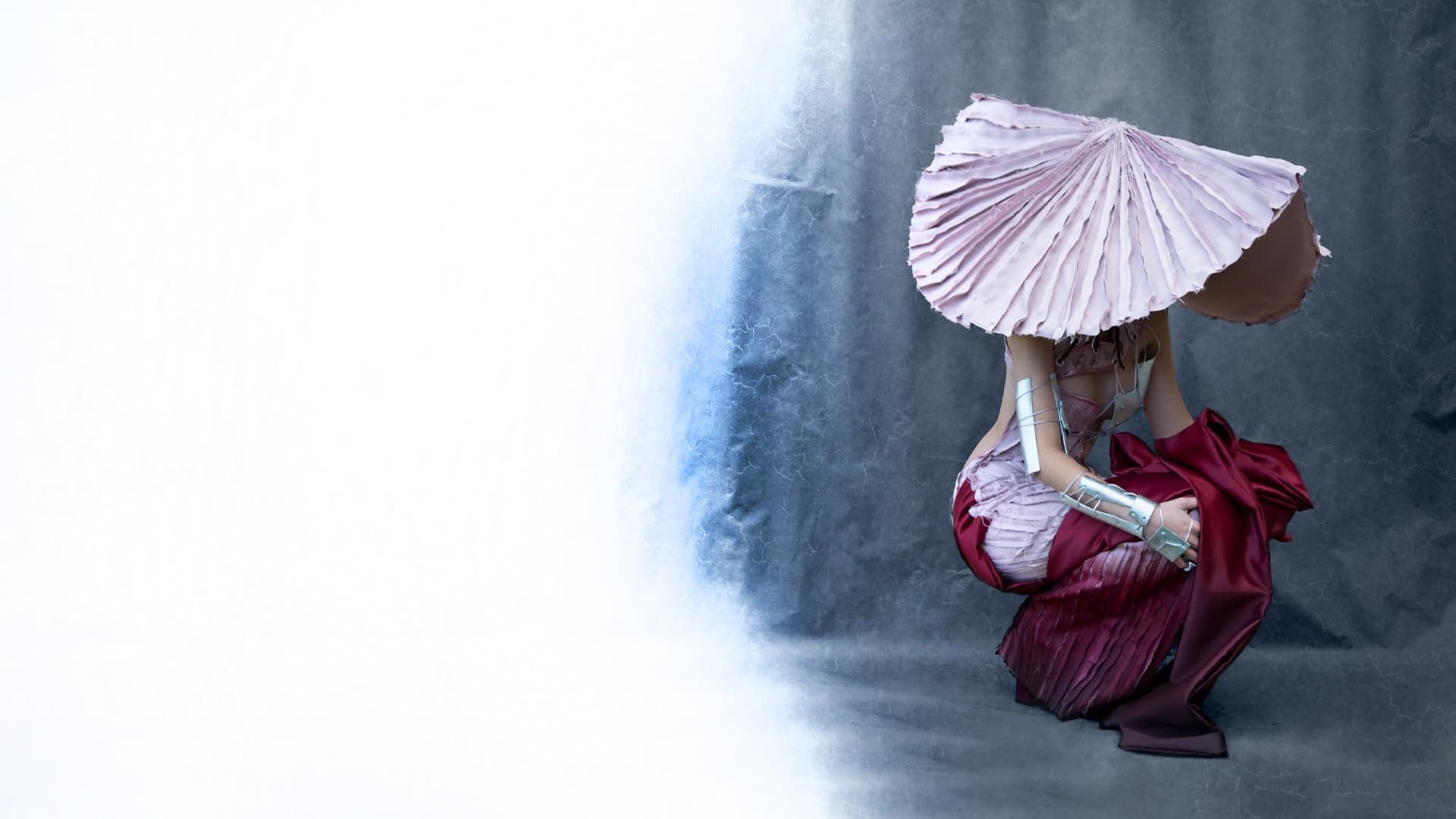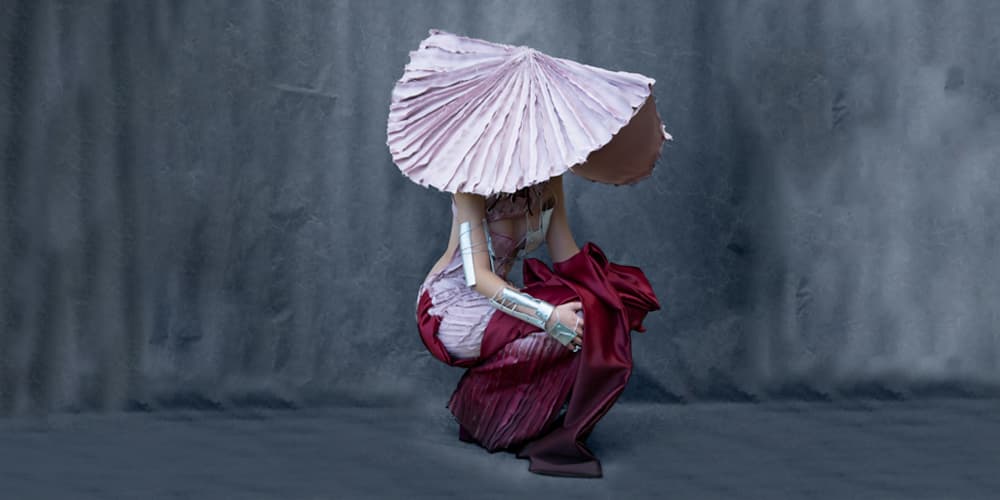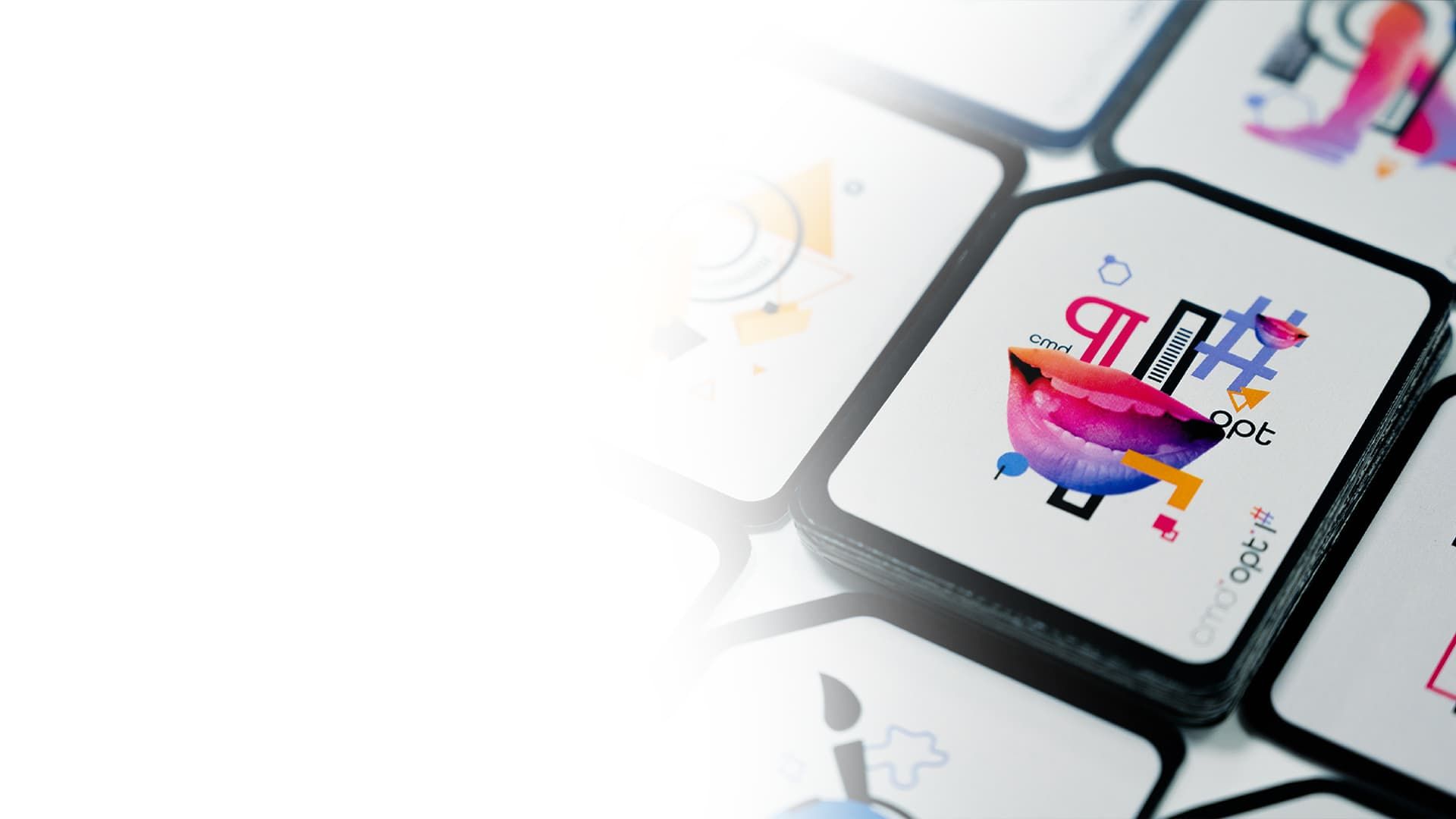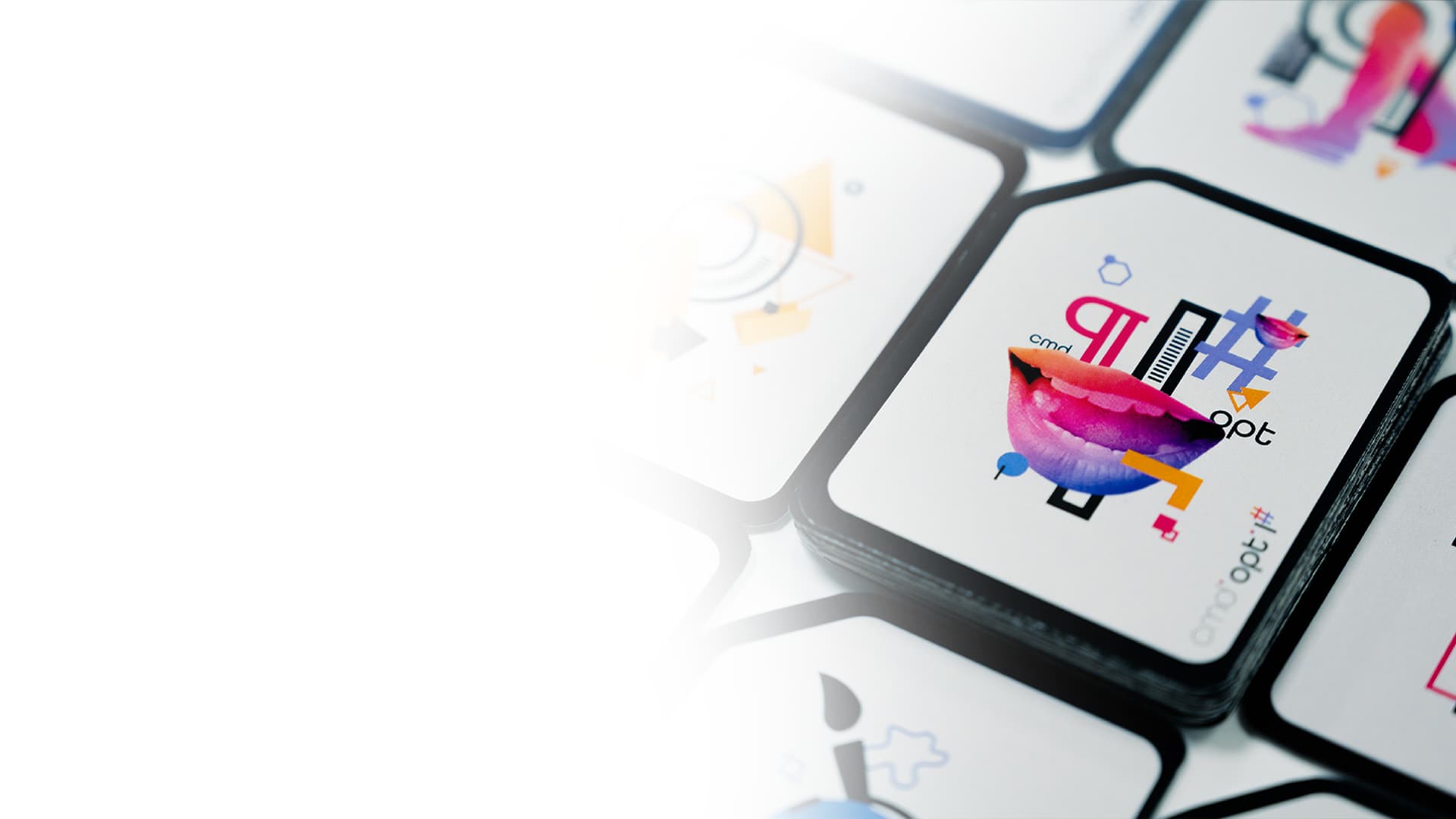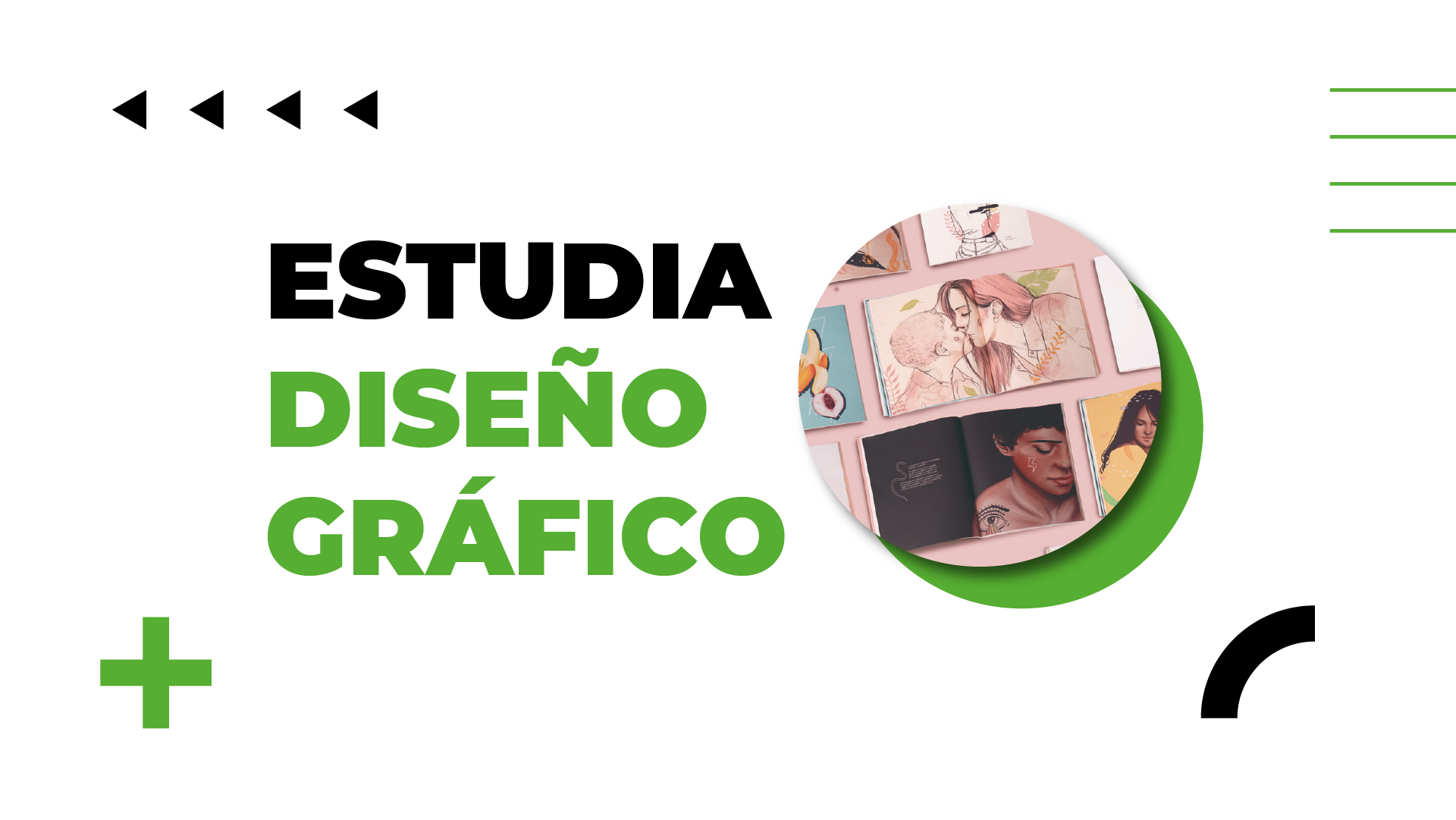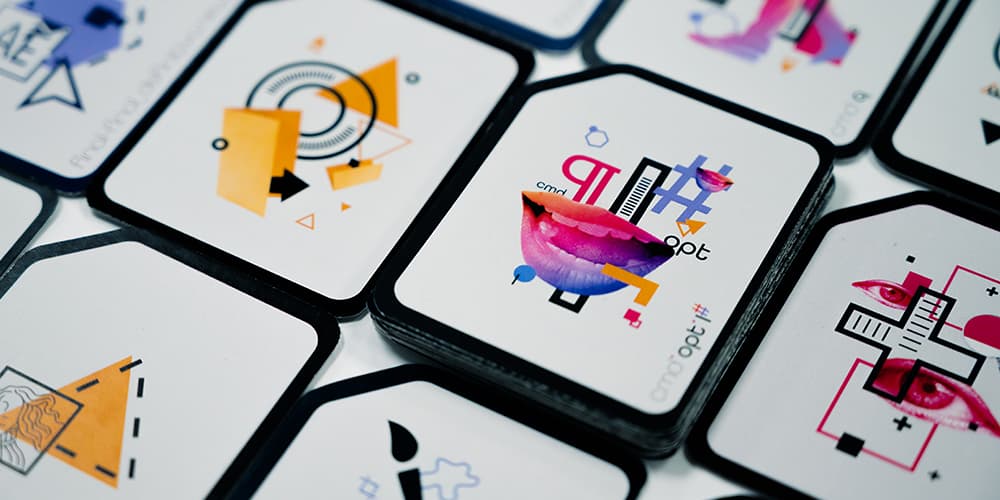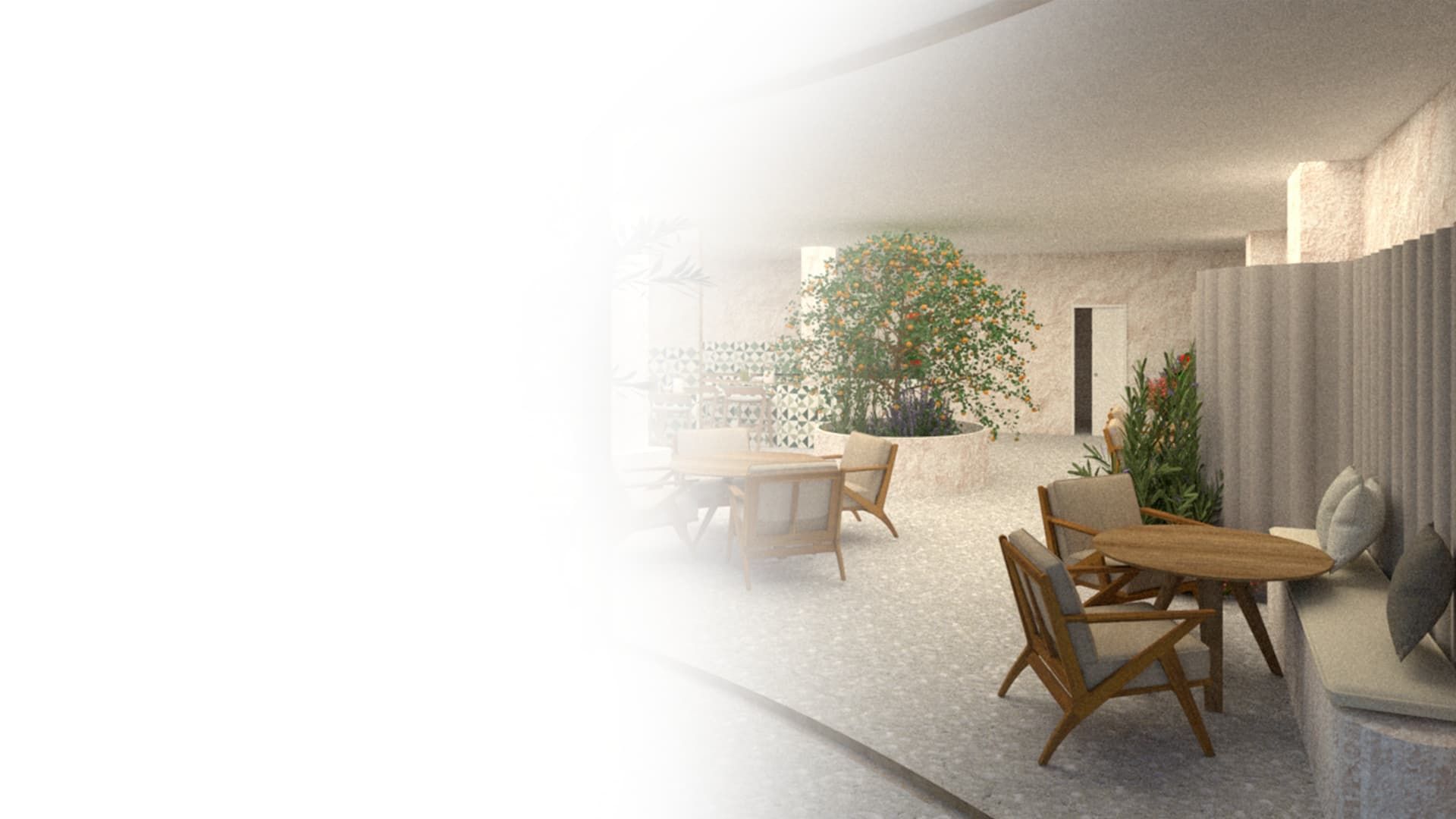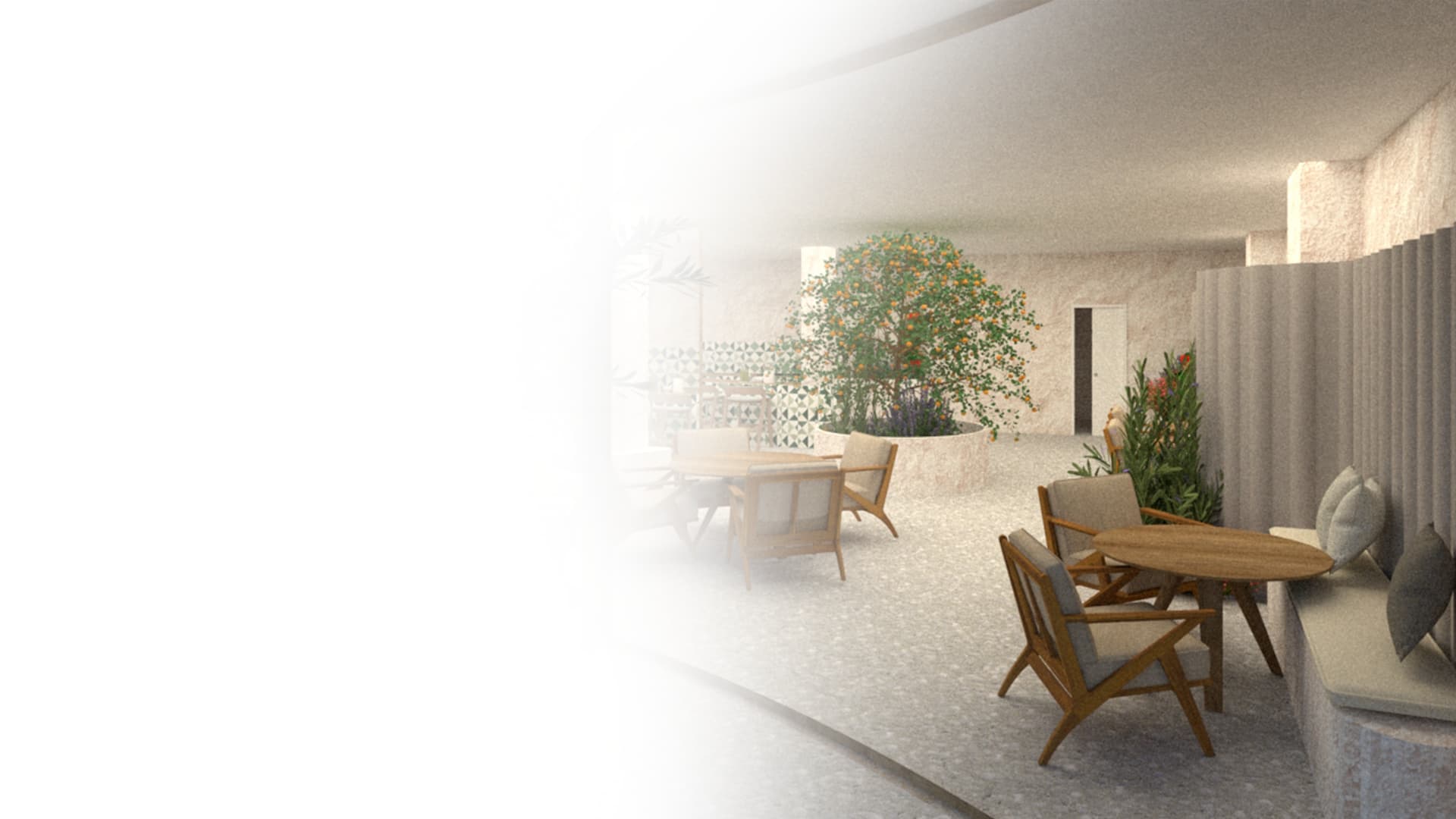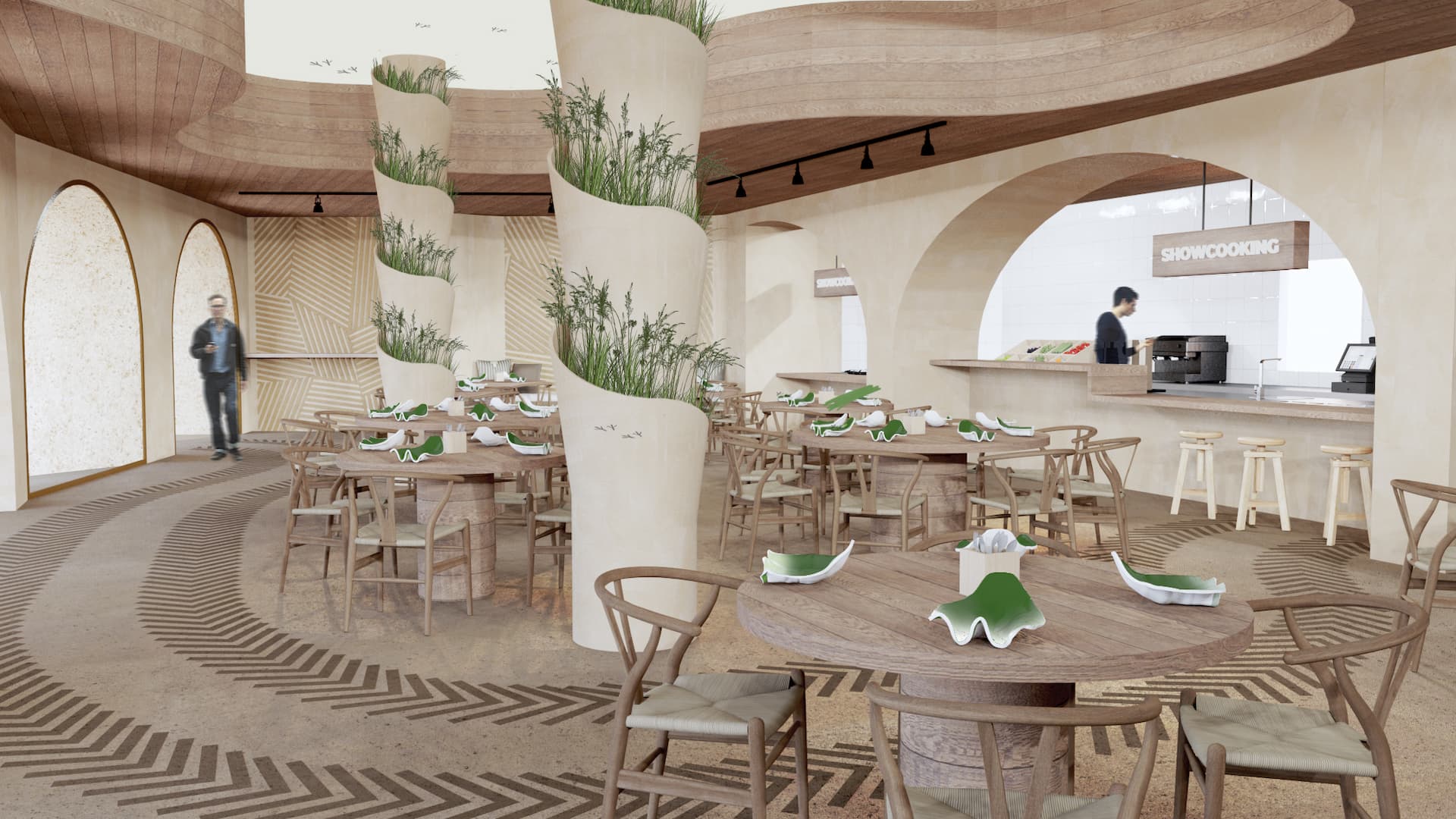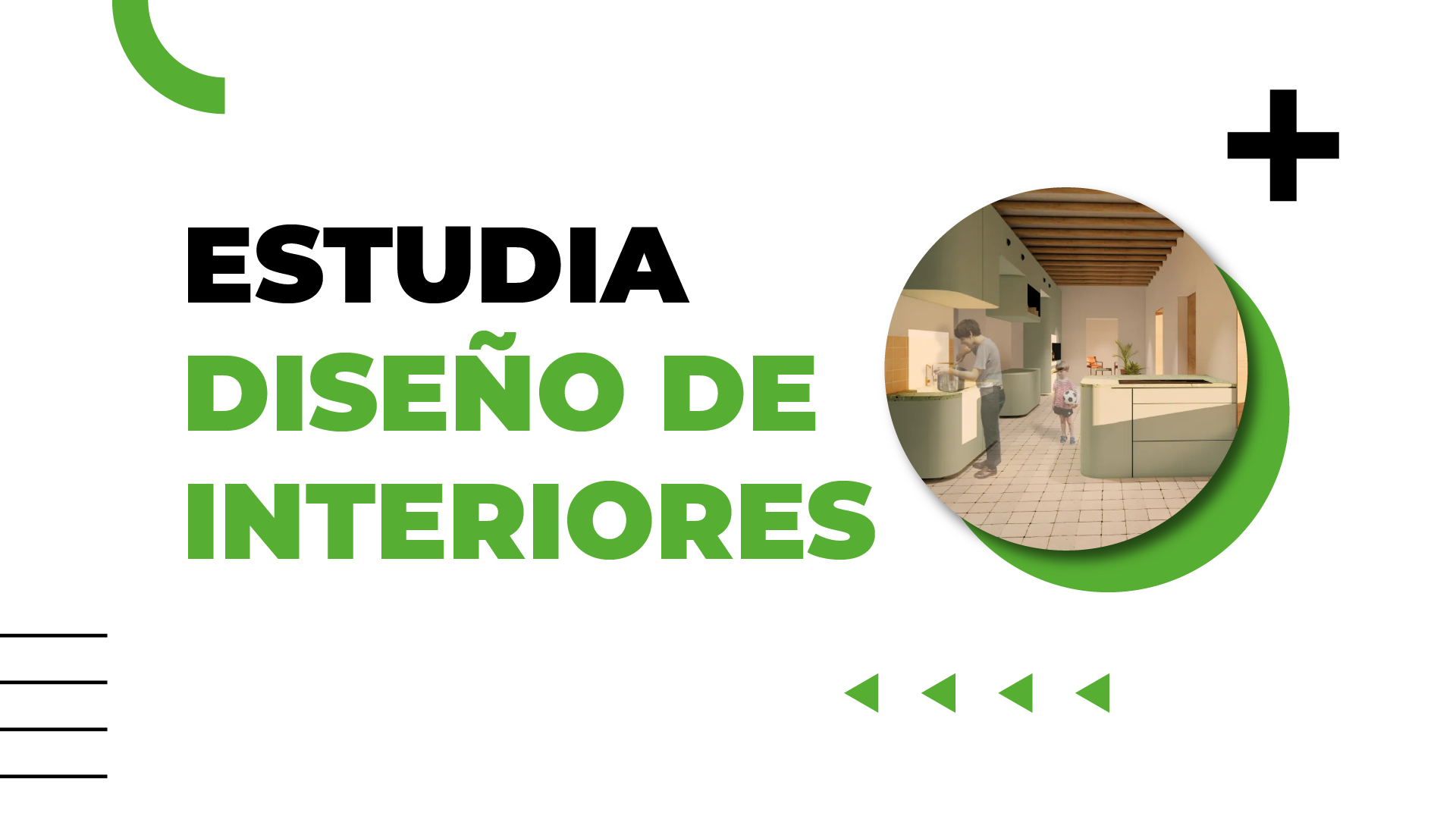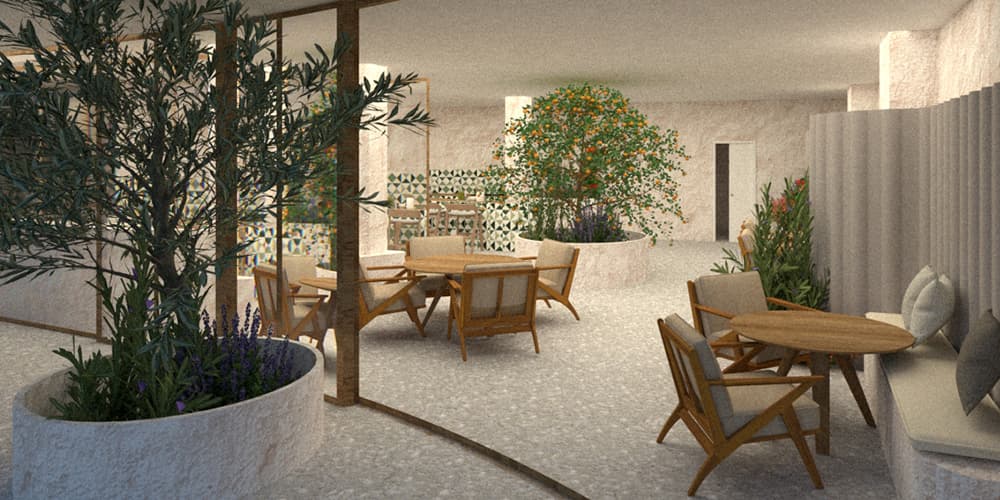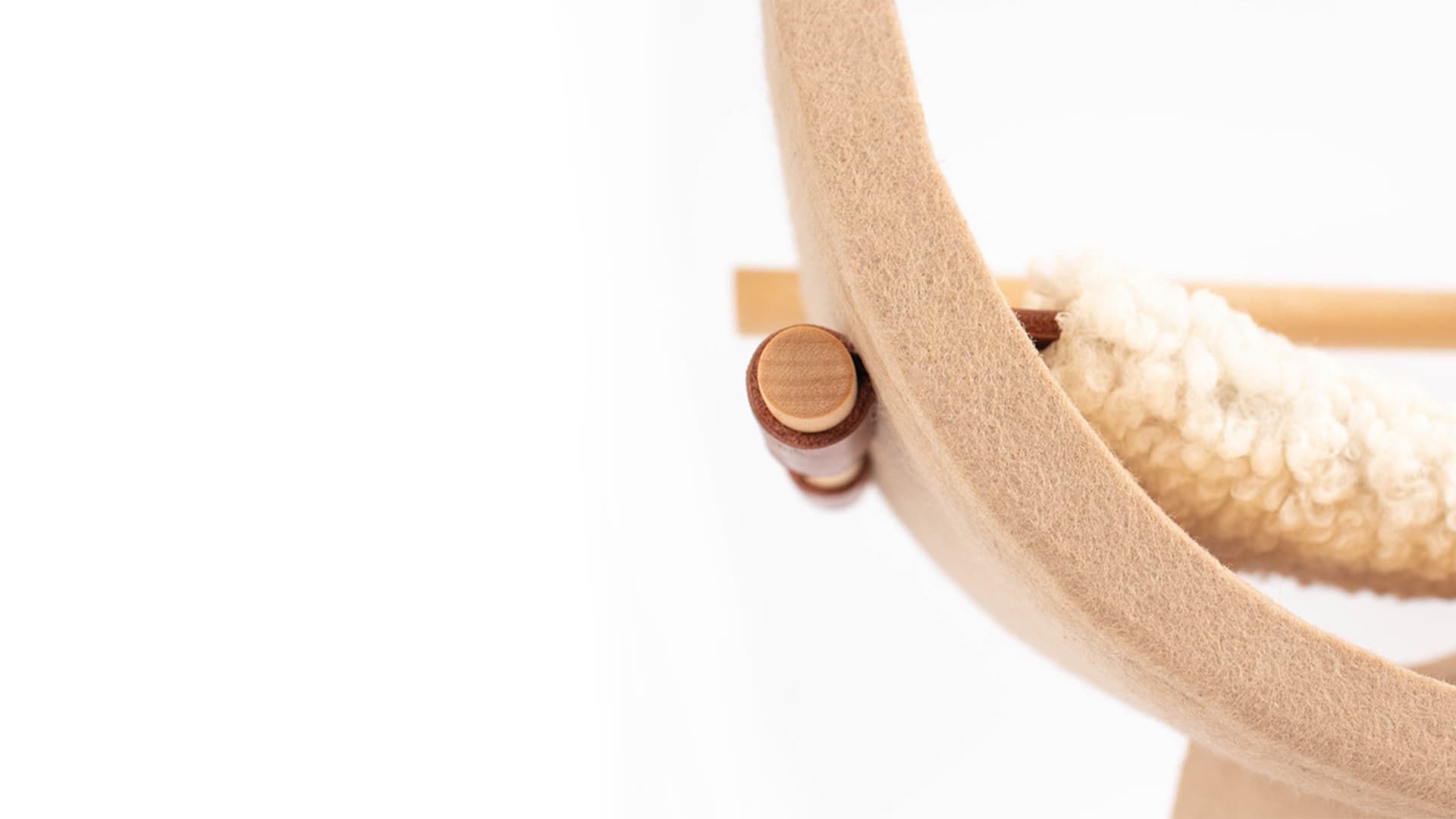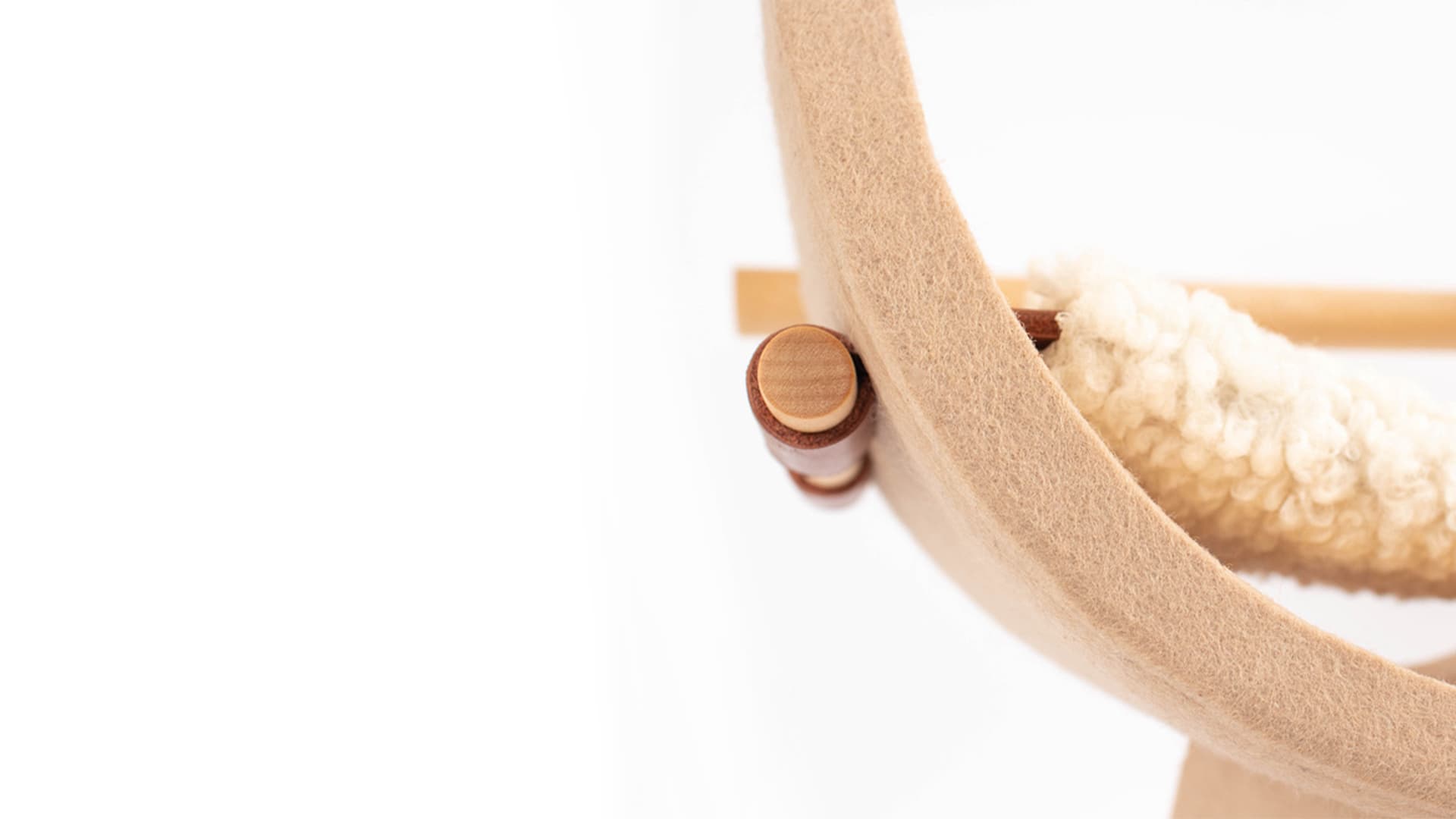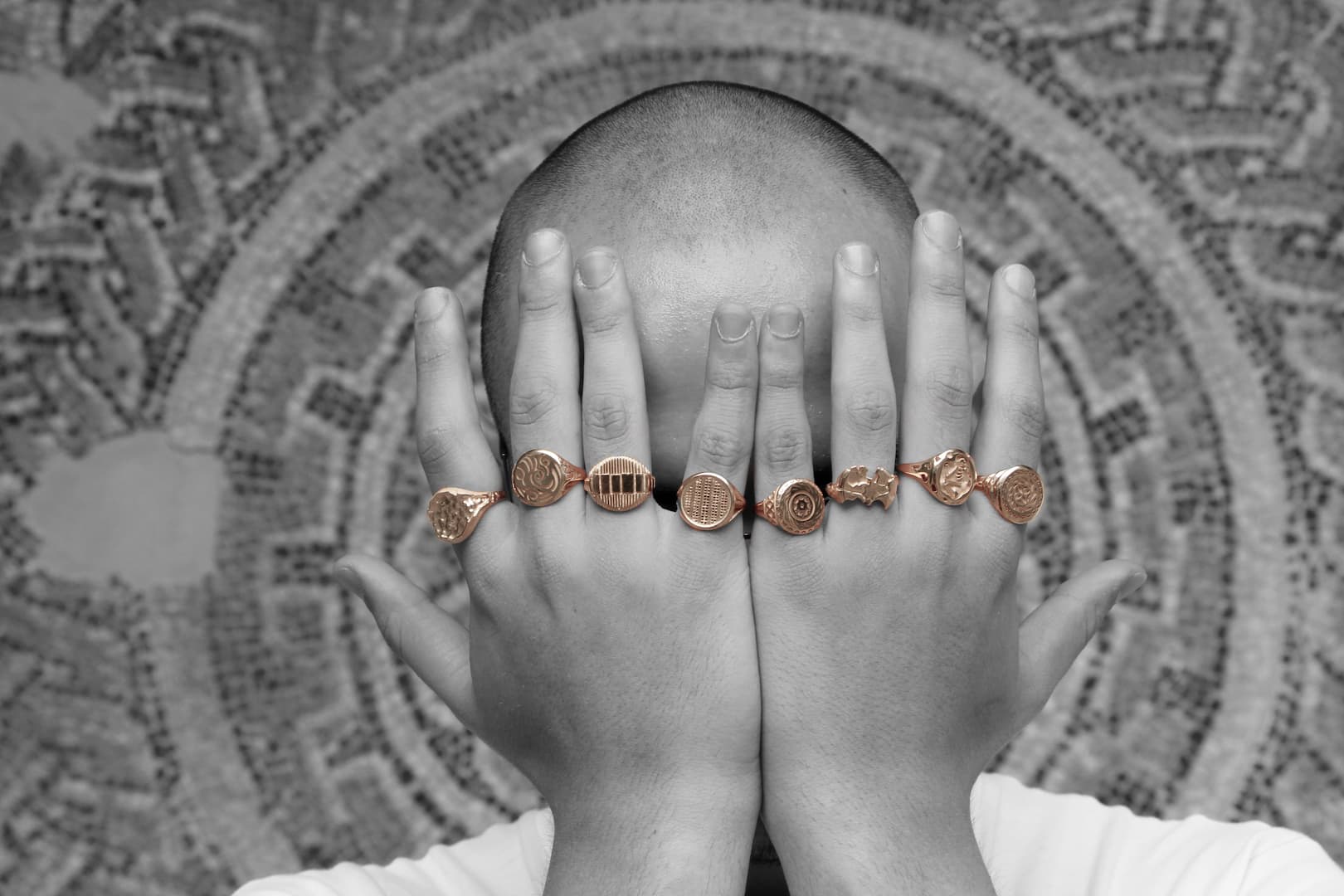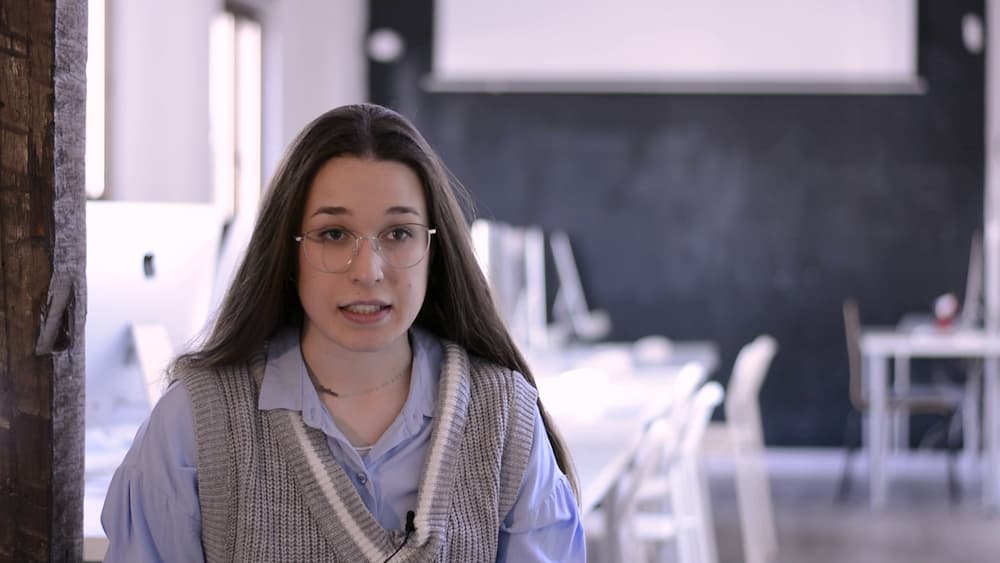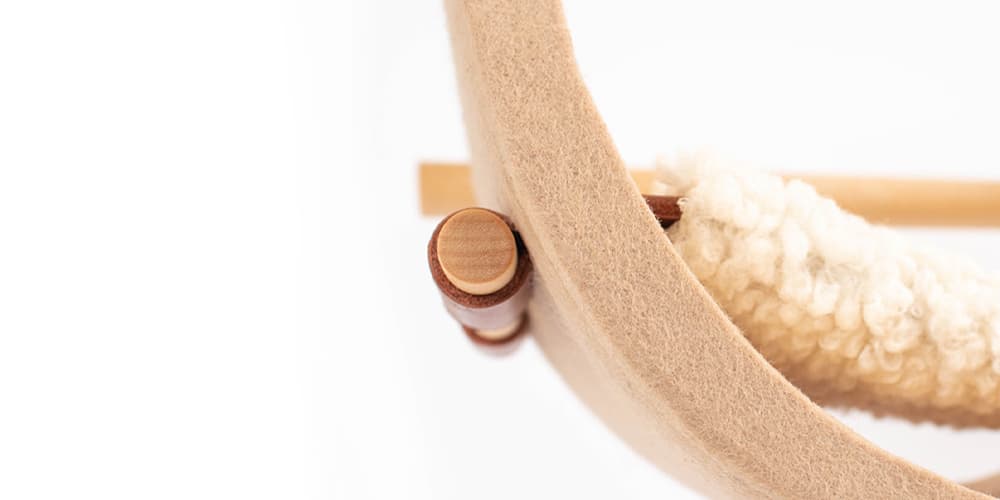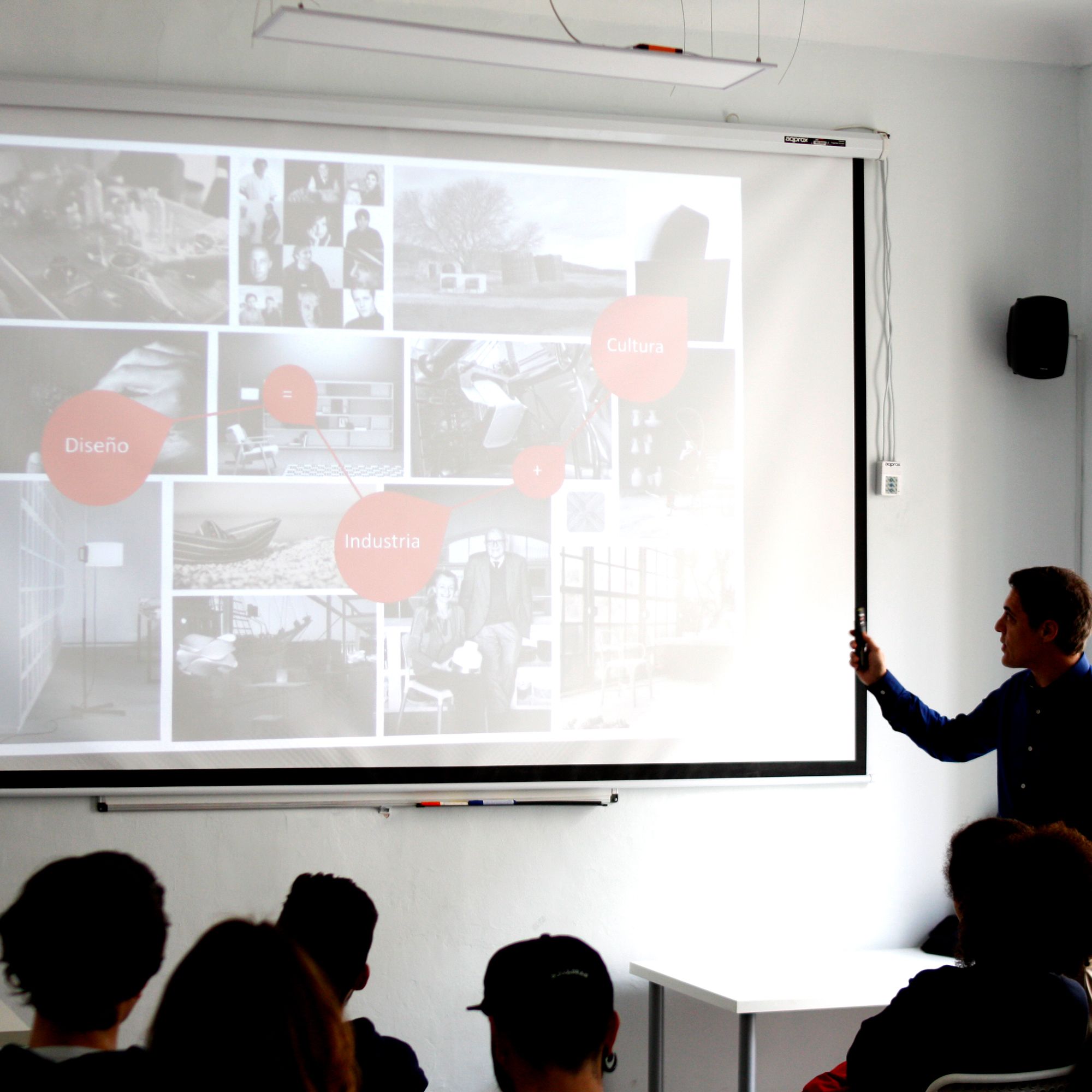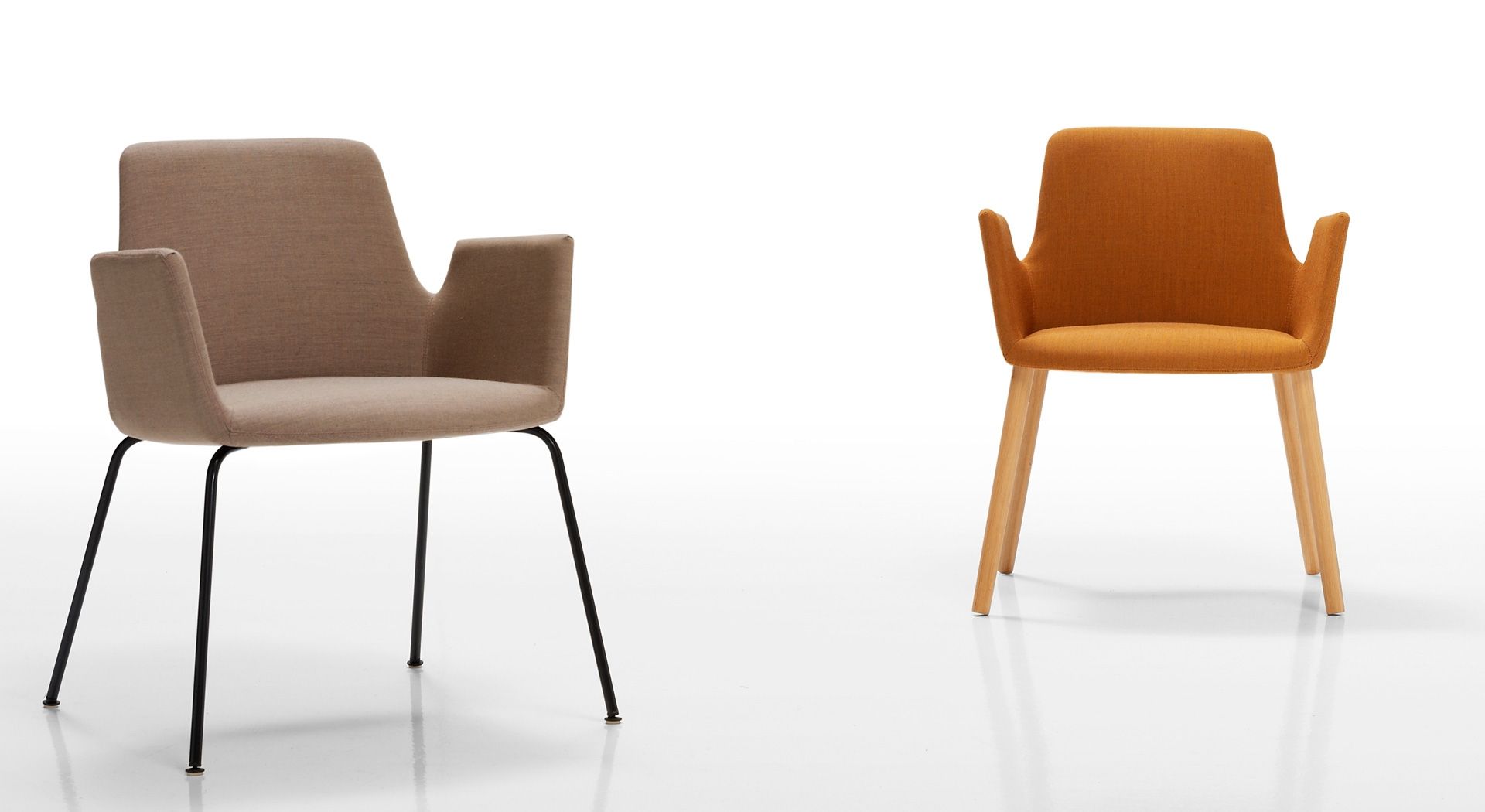- URL VIDEO: Visit Website
- nombre: Grado Oficial en Diseño de Moda
- Abreviatura: Diseño de Moda
- Imagen destacada:
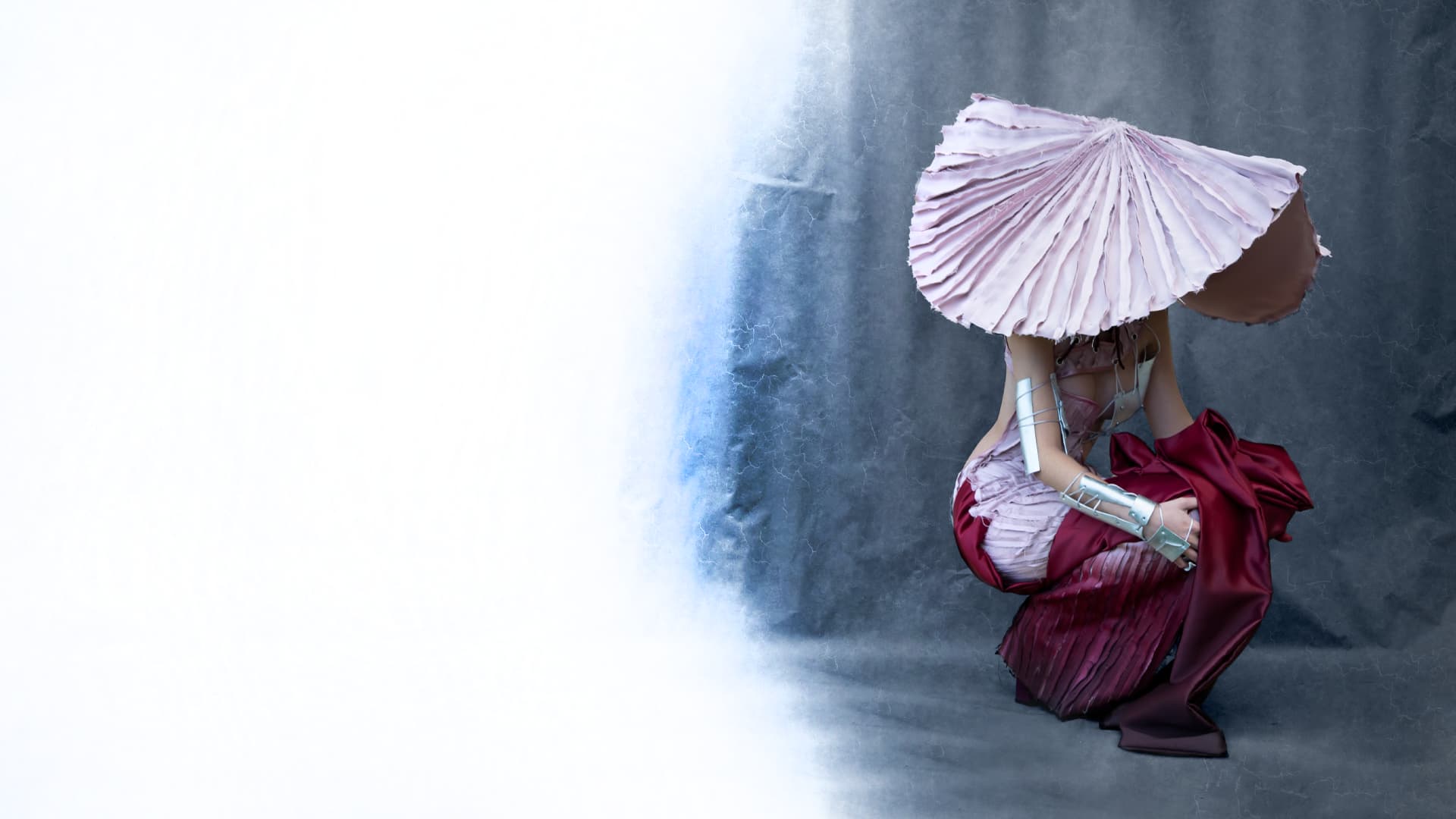
- Introducción: La moda es cultura. Estudiar el Grado Oficial Diseño de Moda de ESADA te abre las puertas de un sector creativo en continua evolución y con amplias posibilidades laborales a nivel nacional e internacional.
- Descripción:
Ofrecemos una sólida formación para que el estudiante sea capaz de afrontar los retos que plantea la industria de la moda en la actualidad.
Estudiar el Grado en Diseño de Moda en ESADA te formará para trabajar en procesos completos; Primero se define la identidad e imagen de la marca o proyecto, luego en el diseño y realización de una colección y finalmente, desarrolla las estrategias de comunicación y distribución.

Los recorridos formativos por los que se pasan es Prêt-à-porter, Haute Couture, Accesorios, Comunicación y Estilismo.
Asimismo se complementa con workshops, talleres intensivos y proyectos reales, donde los alumnos tienen trato directo con profesionales del sector, lo que genera un ambiente de trabajo real y práctico.
El programa académico de ESADA pone en valor el desarrollo profesional del alumno a través de proyectos reales. De esta manera el estudiante desarrollará su perfil creativo y podrá trabajar y colaborar con marcas reales con profesionales en activo en el sector de la moda.
De cara a la proyección laboral, los alumnos estarán preparados tras finalizar la carrera para continuar su desarrollo y formación en empresas y marcas o crear su propia firma. También enfocamos las salidas laborales en el ámbito de comunicación de moda, proyectos editoriales y estilismo.
Animamos a la participación en concursos de diseño de moda, donde se reconoce el valor del talento los participantes. Con esto ayudamos a que se ponga en práctica lo aprendido y desde el inicio conoces el funcionamiento de la industria de la moda.
Organizamos eventos de presentación y pasarelas para habituar a nuestros alumnos en la forma de trabajo, donde con sus colecciones aprenden a trabajar en equipo, a enfocar la comunicación de sus proyectos.
- Previsualización vídeo:
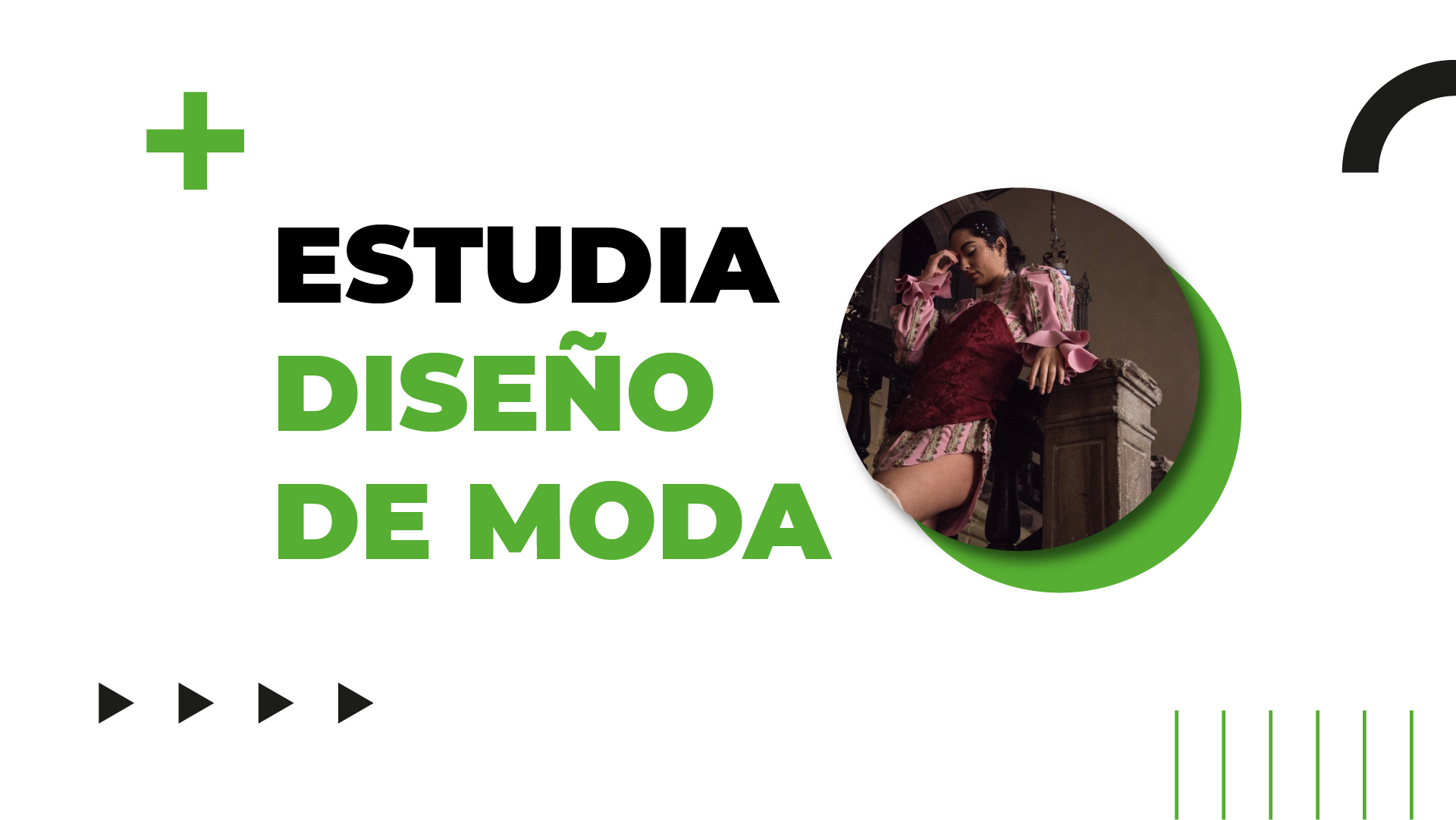
- Cita: Es el momento de parar el tiempo, crear universos, ser diferentes y reales. Esta sociedad necesita una moda que remueva conciencias.
- Nombre autor cita: Jairo Díaz, Coordinador de la Titulación de Diseño de Moda.
- Vídeo: Visit Website
- Competencias :
Las enseñanzas artísticas superiores de Diseño tendrán como objetivo la formación cualificada de profesionales en el ámbito del diseño, capaces de comprender, definir y optimizar los productos y servicios del diseño en sus diferentes ámbitos, dominar los conocimientos científicos, humanísticos, tecnológicos y artísticos y los métodos y procedimientos asociados a ellos, así como generar valores de significación artística, cultural, social y medioambiental, en respuesta a los cambios sociales y tecnológicos que se vayan produciendo.
Al ser una enseñanza reglada, la normativa que desarrolla el Título Superior de Diseño en la especialidad de Diseño de Moda establece una serie de Competencias Específicas que el alumnado debe adquirir.
- Generar propuestas creativas de diseño de moda e indumentaria adecuadas a los condicionamientos materiales, funcionales, estéticos y comunicativos de los supuestos de trabajo.
- Concebir y materializar proyectos de diseño de moda e indumentaria que integren los aspectos formales, materiales, técnicos, funcionales, comunicativos y de realización.
- Conocer las características, propiedades y comportamiento de los materiales utilizados en los distintos ámbitos del diseño de moda e indumentaria.
- Conocer la maquinaria y los procesos de fabricación, producción y manufacturado de los sectores vinculados al diseño de moda e indumentaria.
- Adecuar la metodología y las propuestas de diseño a la evolución tecnológica e industrial propia del sector.
- Fundamentar el proceso creativo en estrategias de investigación, metodológicas y estéticas.
- Interrelacionar los lenguajes formal y simbólico con la funcionalidad específica.
- Resolver los problemas estéticos, funcionales, técnicos y de realización que se planteen durante el desarrollo y ejecución del proyecto.
- Analizar los estudios de mercado y su incidencia en el desarrollo de nuevos productos y colecciones.
- Conocer los recursos tecnológicos de la comunicación y sus aplicaciones al diseño de moda e indumentaria.
- Dominar la tecnología digital específica vinculada al desarrollo y ejecución de proyectos de diseño de moda e indumentaria.
- Conocer el marco económico y organizativo en el que se desarrolla la actividad empresarial.
- Conocer el contexto económico, social, cultural e histórico en el que se desarrolla el diseño de moda e indumentaria.
- Comprender el marco legal y reglamentario que regula la actividad profesional, la seguridad y salud laboral y la propiedad intelectual e industrial.
- Reflexionar sobre la influencia social positiva del diseño, su incidencia en la mejora de la calidad de vida y del medio ambiente y su capacidad para generar identidad, innovación y calidad en la producción.
